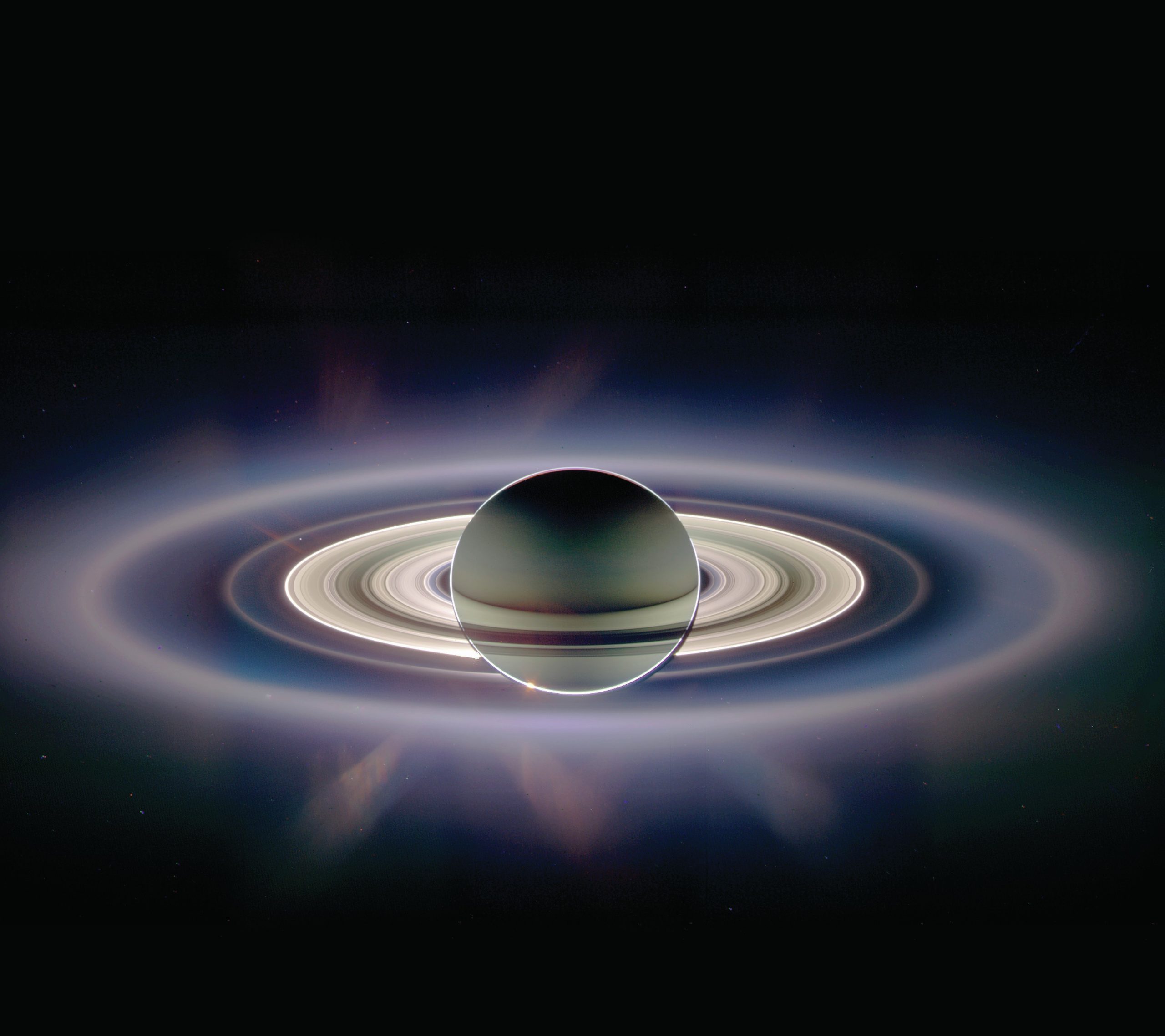
The planet Saturn and its wanderings through the night sky were known to the ancients, but it is only since the development of the telescope in the seventeenth century that some of its more dramatic features have come to light. In 1610, Galileo was the first to observe Saturn’s rings, initially thinking that Saturn had ears. Armed with a better telescope, the Dutch astronomer Huygens observed Saturn in 1655 and first described what we now know to be the famous rings (Figure 1). From further observations, Cassini saw structure within the rings and discovered the Cassini division (1675), an apparently dark band within the rings. He also discovered the four largest of Saturn’s moons.
Our knowledge of Saturn and the outer planets increased considerably in the late 1970s when the Voyager probes flew by and obtained the first detailed images of Saturn, its rings and its moons. In the early 1980s, discussions began within NASA about a space mission that would obtain more information on Saturn and its rings, and make a landing on Saturn’s largest moon, Titan. This would subsequently become the Cassini-Huygens mission, named after the astronomers who had made the initial discoveries relating to Saturn. The Cassini orbiter, built by NASA, would gather data on Saturn, while the smaller Huygens probe, built by the European Space Agency was destined for a close encounter with Titan. This complex project was to cost in the end over $3 billion.
Your organisation does not have access to this article.
Sign up today to give your students the edge they need to achieve their best grades with subject expertise
Subscribe




